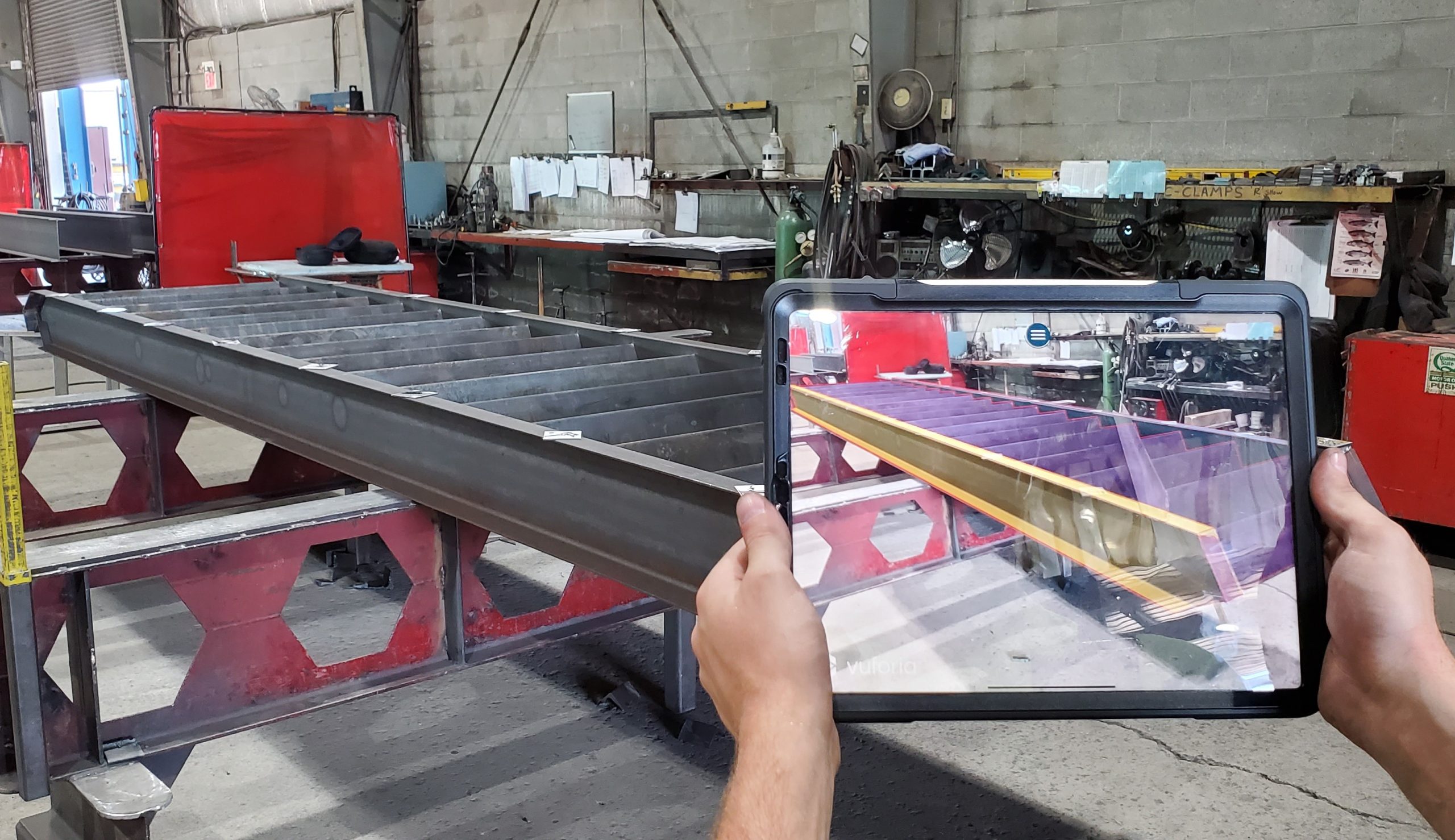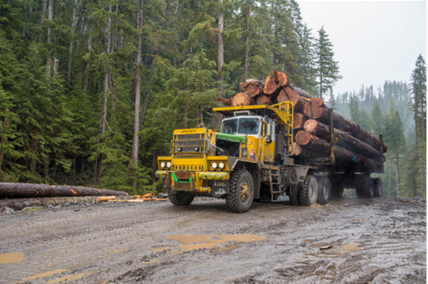
優遇関税を申請する4つのステップ
正誤問題:B.C.の輸出業者に対する優遇関税措置を特定するのは輸入国の責任である。
間違いです!カナダの自由貿易協定(FTA)は、ブリティッシュ・コロンビア州の企業に対して国際市場での優遇関税を提供しています。しかし、輸入国が国境で貴社の製品に対して、これらの優遇措置を自動的に適用しないことを知っていましたか? 優遇関税を請求できる製品の優遇原産地を提示の上、措置を申請する必要があります。手順を詳しく見ていきましょう。
経験豊富な輸出業者または新規の輸出業者が、FTAが定める優遇関税緩和の資格があることを知らず、会社がその恩恵を申請していないとします。その場合は、国際競争に勝つためのコスト削減を逃してしまいます。企業はいくつかの追加ステップを経てFTAの恩恵を申請する必要があるのです。
まず、製品を分類する
輸出または輸入先の国が製品を分類する方法を決定します。製品を分類するためにはハーモナイズドシステム(HS)コードが使用されます。HSコードは、貿易製品を分類する世界税関機構によって維持されている国際規格です。HSコードの最初の6桁は製品を国際的に表示するものですが、税関および輸出の目的に合わせ、各国が固有の製品サブカテゴリーを分類するために桁を追加することができます。HSコードは最大10桁までで、追加部分はたいてい国によって異なります。コードには正確性が求められます。間違った国のサブカテゴリーコードを使用すると、優遇関税、減額の申請を逃してしまうことになります。製品が正確に分類されていることを確認するには、通関業者に相談するか、弁護士にご相談ください。
次に、関税率を決定する
カナダ関税検索(tariffinder.ca)にアクセスして、特定の市場における製品の分類を確認し、製品に優遇アクセスの恩恵があるかどうかを確認してください。この無料ツールは、カナダがFTAを結んでいる国に輸出する製品、またはかかる国から輸入する製品の関税を特定するのに役立ちます。
3番目に、製品が国の原産地規則を満たしているかどうかを調べる
「Made in Canada(カナダ製)」と「Country of Origin(原産国)」は必ずしも同じではありません。今日のグローバル経済では、製品がカナダで製造されるのは珍しいことではありませんが、他の国の原材料または部品を使って製造されているものです。これらのソースを追跡し、製品が各FTAの原産地規則を満たしていることを示す文書を提供するのは企業の責任です。
FTAは、国が製品の「原産国」として認定されるための規定に従うべきルールを定義しています 製品が輸入材料または輸入部品で製造されており、カナダとFTAと結ぶ国に輸出する場合、FTAに基づく優遇関税の恩恵を受けるためには、製品の製造過程が充分にカナダで行われている、または、カナダを原産国としない素材の含有が限られている必要があります。原産地規則は非常に細かく、製品およびFTAによって異なります。確信が持てない場合は、弁護士に相談するか、輸出先の国の税関当局に事前裁定を要請し、製品が特定のFTAに基づく原産地規則を満たしているかどうか判断してください。各国は事前裁定の要請方法に関する情報を公開しています。貨物運送業者や通関業者もサポートできます。
各FTAでは、製品原産地に関する情報を提供する形式が指定されています。形式は異なる場合がありますが、通常、必須情報(認証者、輸出者および輸入者の連絡先情報、関税分類、原産地基準、包括期間など)を網羅する必要があり、認証者は監査の際に文書を保存する必要があります。
最後に、国境でFTA関税優遇措置を申請する
製品のHSコードを知り、製品が原産地規則の基準を満たしていると判断したら、製品の輸出先の国の国境で優遇関税を申請することができます。
アドバイス:製品を出荷する前に再確認してください!輸出先の国に事前裁定を要請し、正しいHSコードを提供し、優遇対処に関する原産地規則を順守するようにしてください。
優遇関税対処を申請する4つのステップ [PDF]
カナダ関税検索を使用してHSコードを検索する
カナダ関税検索ツール(tariffinder.ca)を使用すると、完全な製品HSコードと関税日程を簡単に見つけることができます。ツールを使用するために必要なのは、輸出または輸入する場合、取引相手国、製品(キーワードまたは4桁のHSコード)だけです。
国を選択します。このツールには、カナダとFTAを結んでいる国のみが含まれます。
製品について説明します。“honey”(ハチミツ)や HS コードなどの単語を使用できます。
製品サブカテゴリーを絞り込みます。このツールは、他国の要件に基づいて、製品サブカテゴリーを定義するための一連の質問を表示します。
完了! カナダ関税検索ツール(tariffinder.ca)では簡単に検索できるので、製品に対する恩恵を確認できます。 世界貿易機関のメンバーであるものの、カナダとFTAを結んでいない国、またはカナダのFTAパートナーではない国の製品には、一般的に適用される最恵国(MFN)関税率が表示されます。
カナダ国際関係局省、カナダ・トレード・コミッショナー・サービス、パートナーによるこちらのカナダ関税検索ツール(tariffinder.ca)に関するビデオをご覧ください。
アドバイス:輸出製品に最も有利な関税率を提供している国はどこですか? カナダ関税検索ツール(tariffinder.ca)を使用すると、異なるFTAを結んでいる複数の輸出市場での製品の関税率を比較できます。
B.C.の貿易に重点を置く企業向けのその他のリソース
カナダとブリティッシュ・コロンビア州の自由貿易協定の詳細については、カナダおよびB.C.の自由貿易協定に関する、無料のバーチャル情報セッションにご登録ください。




